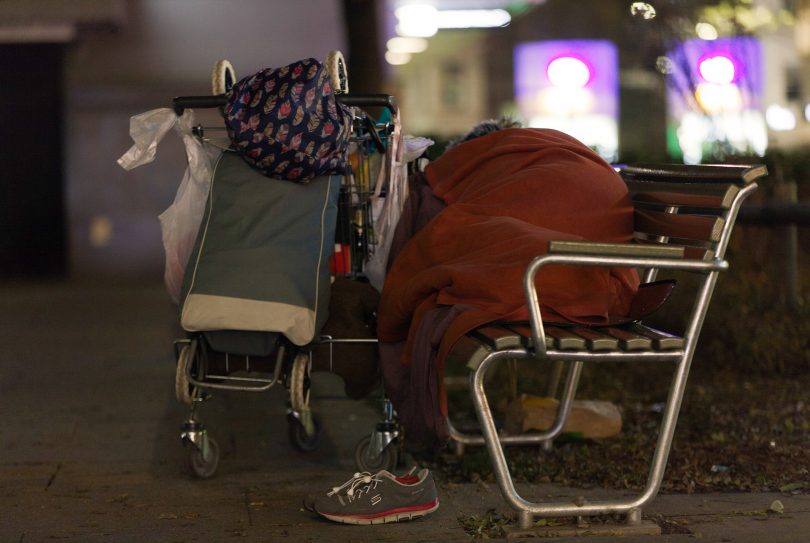In the past month, three significant national events have occurred: the census, Homelessness Week and an announcement regarding the government’s Closing the Gap strategy. The intersection of these events brings the issue of Indigenous homelessness in Australia into focus. According to the most recent census data from 2016, 22 per cent of all homeless people in Australia were Indigenous, despite accounting for only 3 per cent of the population. Although there has been a decline in Indigenous homelessness since 2006, the rate is still 10 times that of non-Indigenous Australians.
Indigenous homelessness is particularly critical in the Northern Territory. The NT represents only 1 per cent of the Australian population yet it has 12 percent of the nation’s homeless population. Of this, 88 per cent are Indigenous. Aboriginal Peak Organisations Northern Territory (APO NT) says housing is one of the most important and significant issues facing Aboriginal people in the territory. ABS census data from 2016 indicates the rate of Indigenous homelessness in the NT greatly exceeded that of other states.
2016 ABS census data shows the rate of homelessness in all census defined categories in the NT was remarkably higher than the national rate. The main type of homelessness experienced by Indigenous Australians in 2016 was living in ‘severely crowded’ dwellings, which is defined as dwellings that need four or more extra bedrooms. The rate for the NT was almost 96 per 10,000 people, compared to the national rate of 4.3.
The Coalition of Peaks, a representative body of Aboriginal and Torres Strait Islander community-controlled organisations and members, is engaged with negotiating a new National Agreement on Closing the Gap with Australian governments. One goal is to increase the proportion of Indigenous people living in appropriately sized (not overcrowded) housing to 88 per cent by 2031. It emphasises the necessity for “Aboriginal and Torres Strait Islander people [to] secure appropriate, affordable housing that is aligned with their priorities and need”.
More than 17 per cent of Indigenous Australians were not counted in the last census according to ABS calculations. A submission from the NT government to a 2020 senate inquiry into homelessness in Australia highlighted the need for accurate data “to measure key housing and homelessness outcomes and to develop an evidence base with which to establish what is best practice in reducing homelessness”.
In the lead up to census night on August 10 this year, local field officers were recruited in the NT to engage with members of the community and help build trust. It is hoped this will improve data collection which is used to inform future government policy on housing and homelessness.
(Featured Image: Rinaldo Imperiale, Pixabay)



